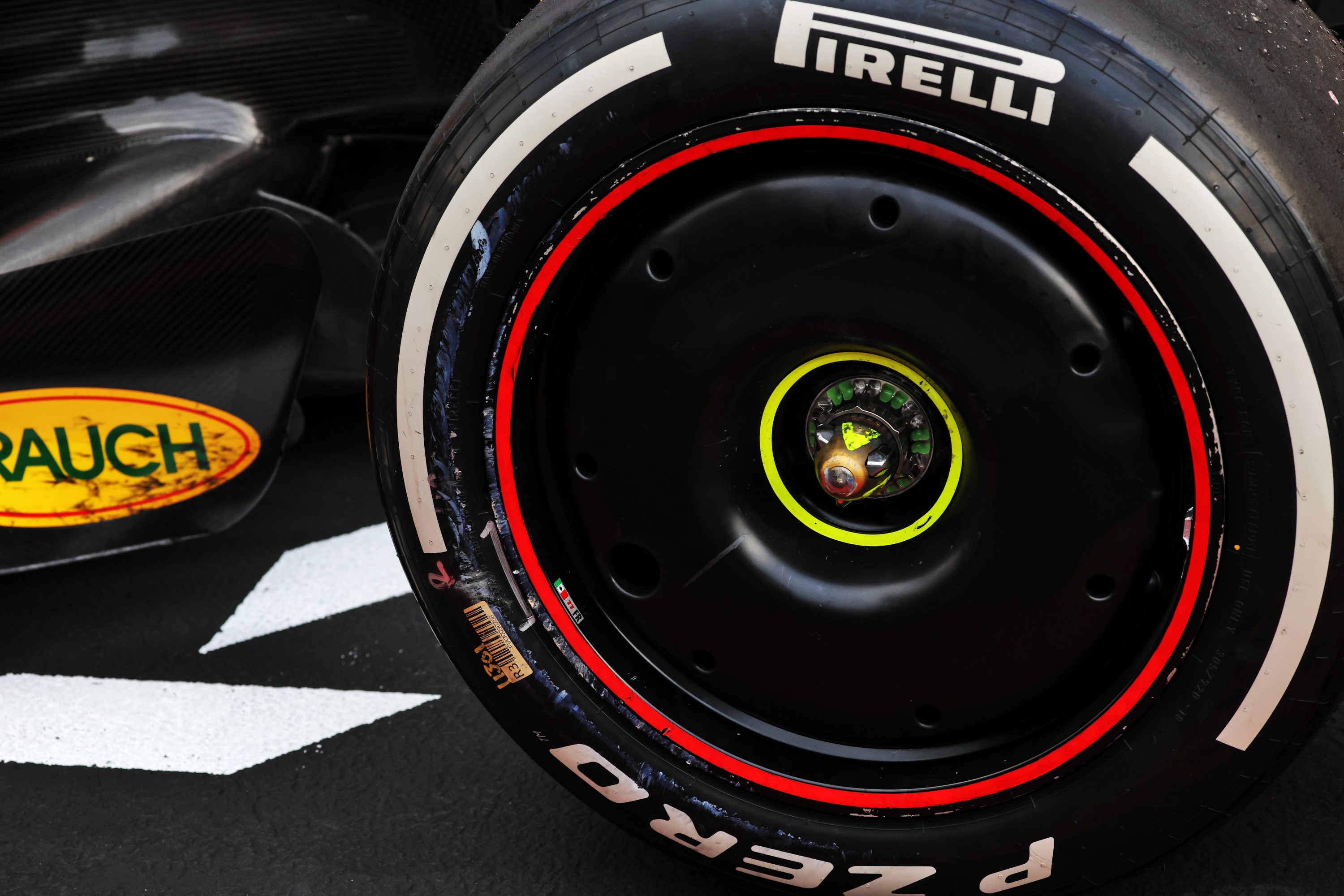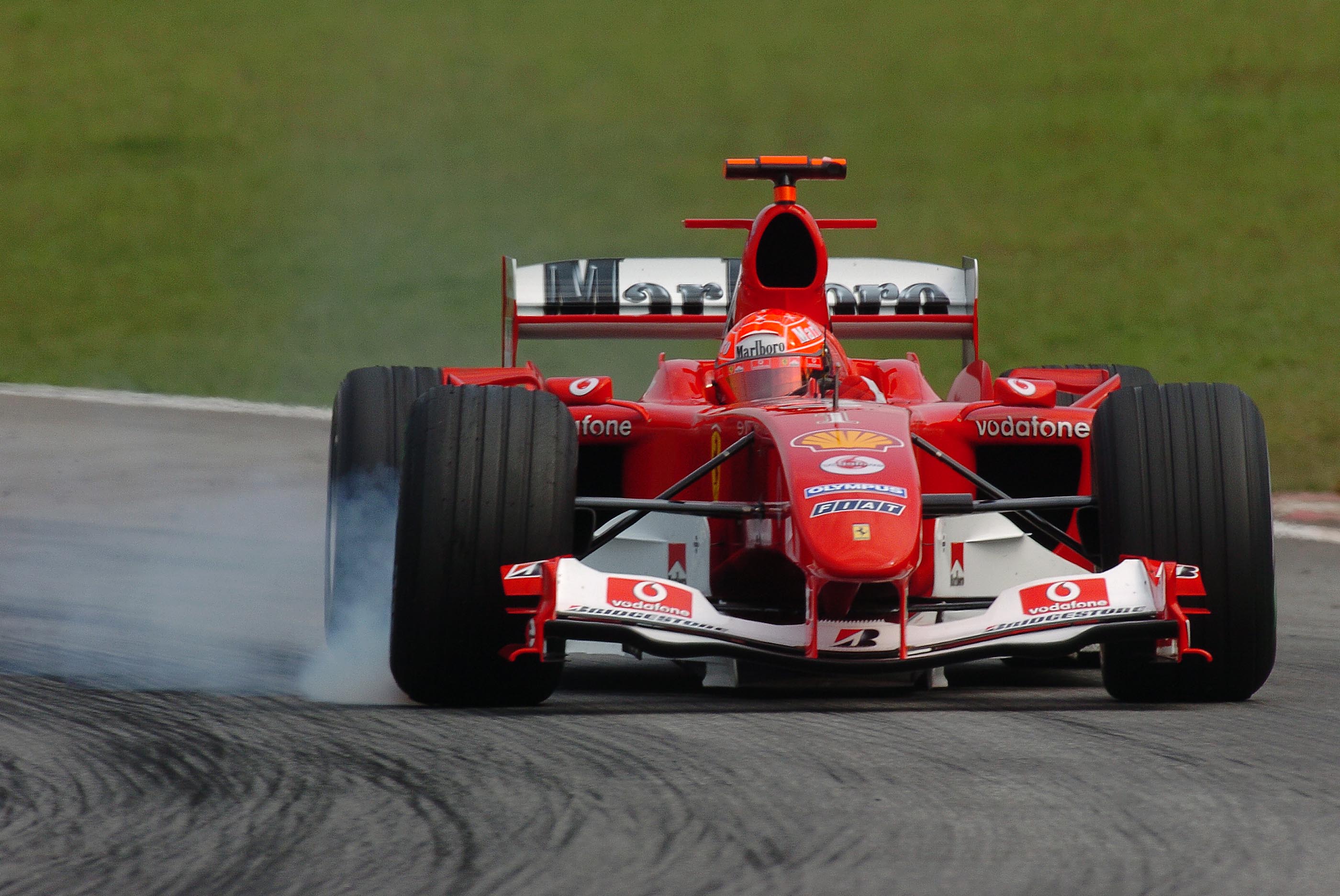Pirelli appears set for serious opposition to its bid to continue as Formula 1’s control tyre supplier beyond 2024 amid the strongest indication yet that its predecessor Bridgestone is pushing to return.
The prospect of a Bridgestone bid has been rumoured in the F1 paddock for months, and has recently been reported on in Japan, too.
A BBC Sport story on Friday night said an official tender document had now been lodged and had strong support from a number of drivers.
Pirelli has been F1’s sole supplier since replacing Bridgestone in the role in 2011.
Its products have been regularly criticised over their durability and characteristics in that time, particularly by drivers. It is currently embroiled in a new controversy over F1’s plan to ban tyre warmers for 2024, with drivers adamant the ‘blanket-less’ Pirellis are not going to be ready to be used safely. That row should be settled by a team vote in July after final tests.
Pirelli’s argument has always been that it is providing tyres to the specification demanded by F1, which requested greater tyre degradation in the early 2010s in a bid to improve the racing.

It has also faced significant challenges in making sure its products withstand the increasing demands from cars’ cornering speeds.
And whereas Bridgestone and previous tyre suppliers were paid by the teams, the business model was changed for 2011 and Pirelli now pays F1 to be the supplier. That means it is operating within its own budget and spending on technology accordingly.
Generally Pirelli has got better at hitting the targets requested by F1 when those targets were clearer, but the feeling in the paddock is that it has never quite cracked how to get the tyres to work properly without being too temperature-sensitive.
The question is whether in the modern era of ultra heavy and downforce-laden F1 cars it is possible to have a tyre that physically degrades over a stint (as requested for racing purposes) without thermally degrading so aggressively that drivers can’t push hard or follow other cars closely.
The BBC report on Bridgestone’s plan suggested drivers who are in favour of it feel its past F1 record plus the achievements of other tyre suppliers in different motorsport categories prove it should be possible to create F1 tyres that hit the performance and degradation targets without the problems Pirelli has encountered.
It is likely that Bridgestone’s submission will have made the case that it would be able to achieve what Pirelli’s critics feel it cannot.
The decision on which company supplies F1’s tyres from 2025 is understood to come down to technical discussions with the FIA and commercial ones with F1 itself.

Bridgestone first came into F1 in 1997 and began a tyre war with previous sole supplier Goodyear.
It only supplied midfield teams that year but its products were strong enough at certain tracks to take the likes of Prost and Arrows close to race victories.
McLaren switched to Bridgestone the following year and won the title with Mika Hakkinen in the first season of the grooved tyre rules.
Bridgestone then had two years as sole supplier after Goodyear’s exit, before a fresh tyre war with Michelin from 2000-06 (during which Bridgestone dominated with Ferrari until Renault and Michelin’s 2005/06 titles) and then another spell as sole supplier before deciding to pull out at the end of 2010.
Its extremely resilient tyres during the latter period were cited as a reason for some dull racing and predictable strategies at the time, prompting the push for greater degradation to create more variation in the Pirelli era.


